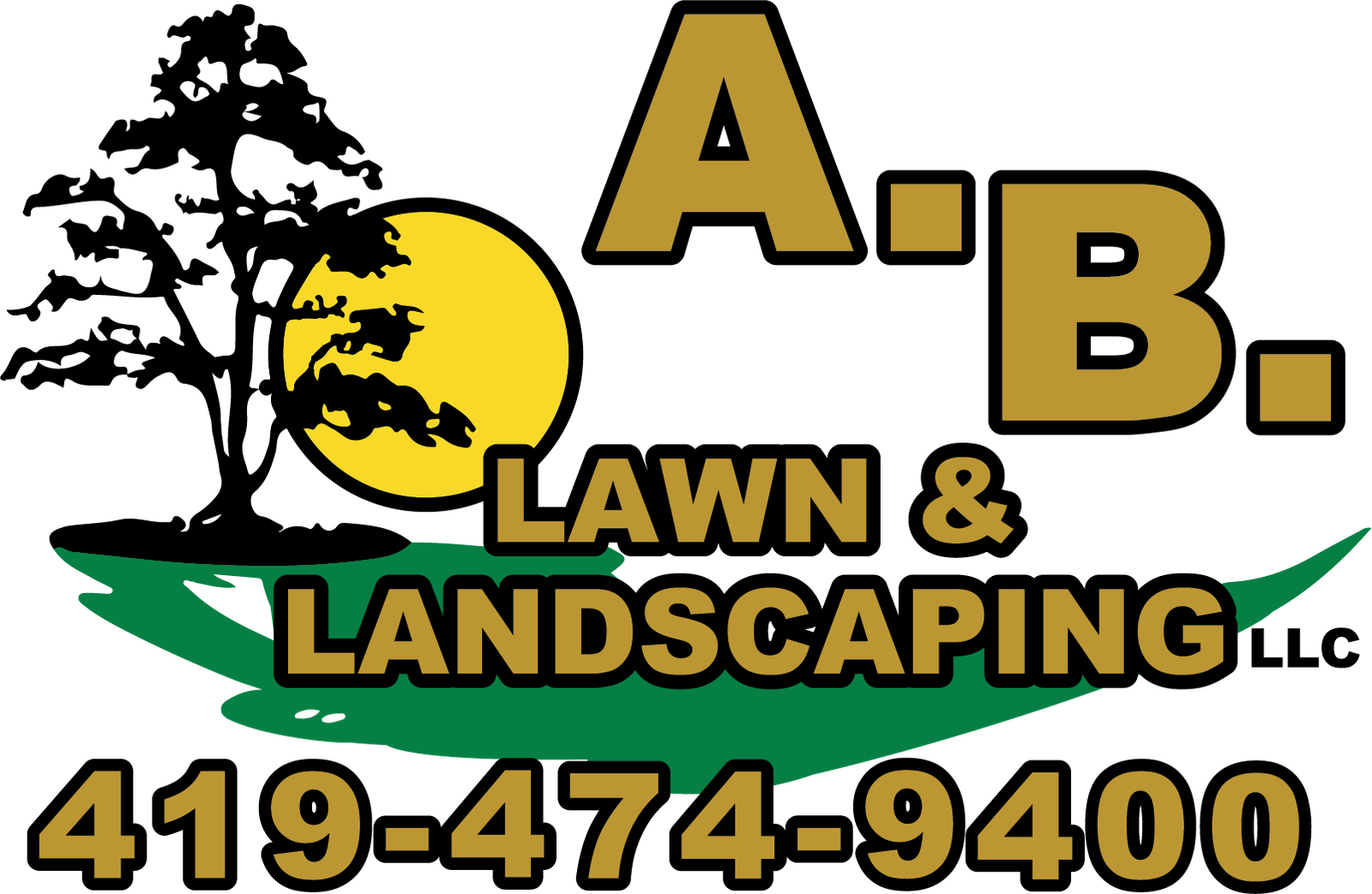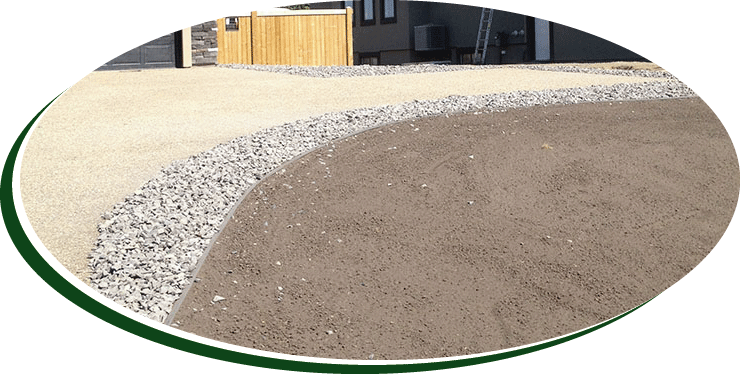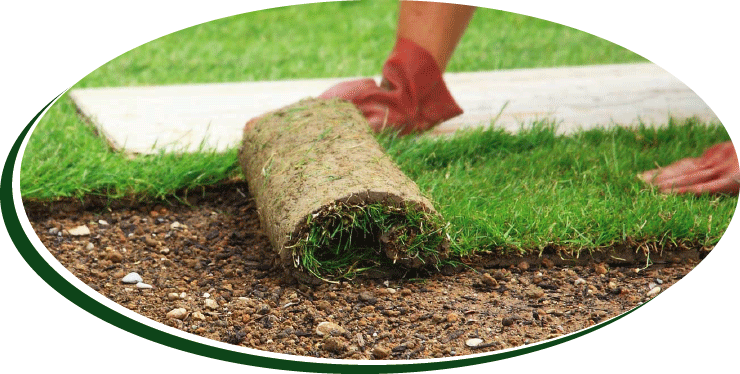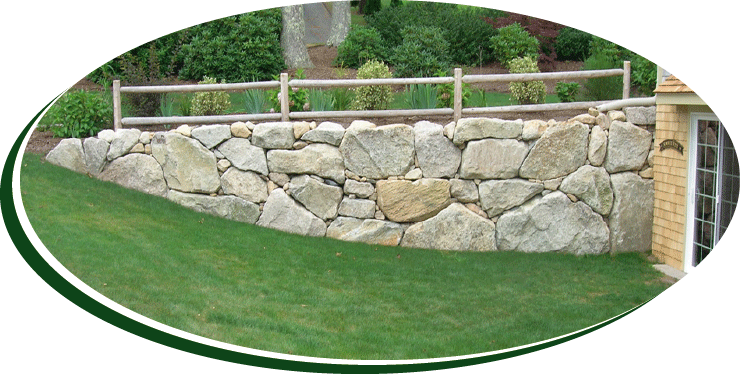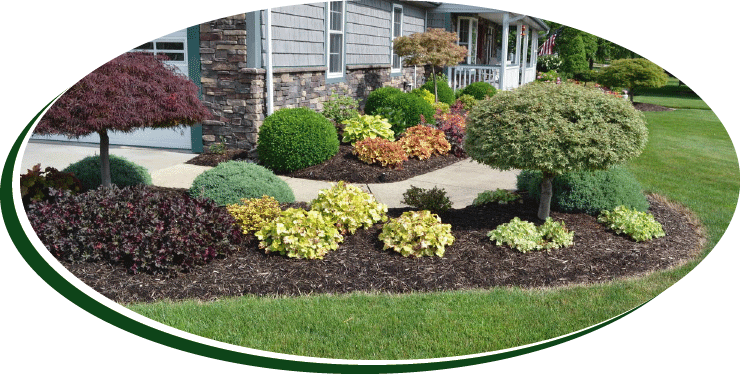
Mulching
Mulching is one of the simplest and most beneficial practices you can use in flower beds and gardens.
Mulch is simply a protective layer of a material that is spread on top of the soil.
Mulches can either be organic such as wood chips or inorganic such as stones, brick chips, and plastic. Both organic and inorganic mulches have numerous benefits:
– Protects the soil from erosion
– Reduces compaction from the impact of heavy rains
– Conserves moisture, reducing the need for frequent watering
– Maintains a more even soil temperature
– Prevents weed growth
– Keeps plants clean
– Allows access to flower beds
– Provides a “finished” look to the garden.
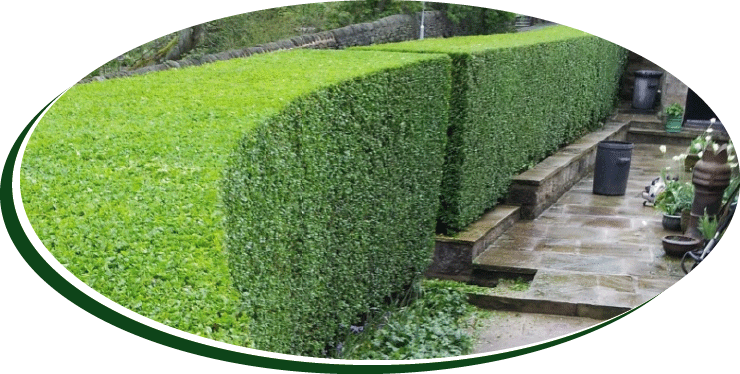
Trimming and Pruning
Cutting back the trees and bushes in your yard is beneficial, but you need to know what you’re doing.
There are a number of benefits to properly trimming
such as improves the health of your plants by removing dead or dying branches. It also protects the branch structure and reduces hazards such as falling limbs from trees or low-hanging branches.
On fruit trees, it can improve the size and quantity of the crop as well as maintaining the overall beauty of your property.
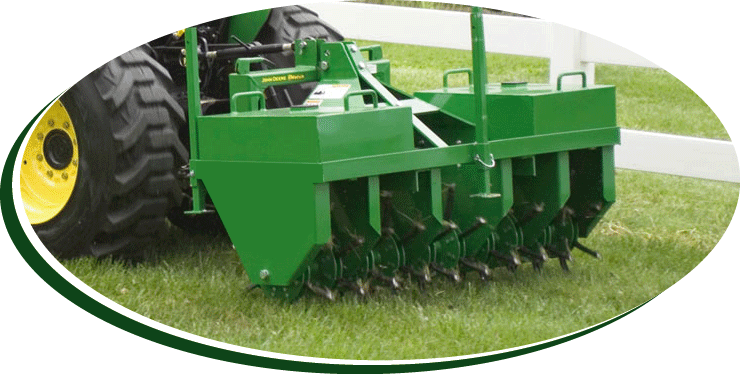
Thatching & Aerating
If your lawn shows considerable foot wear, drains slowly,
or browns up quickly when dry, the soil is probably compacted. Thatch is the organic layer of material that wedges between your grass and the soil.
If it gets thicker than ½” to ¾”, it could lead to moisture starvation, foster insect growth, and festering lawn disease.
In both cases, your lawn is most likely a strong candidate for aeration.

